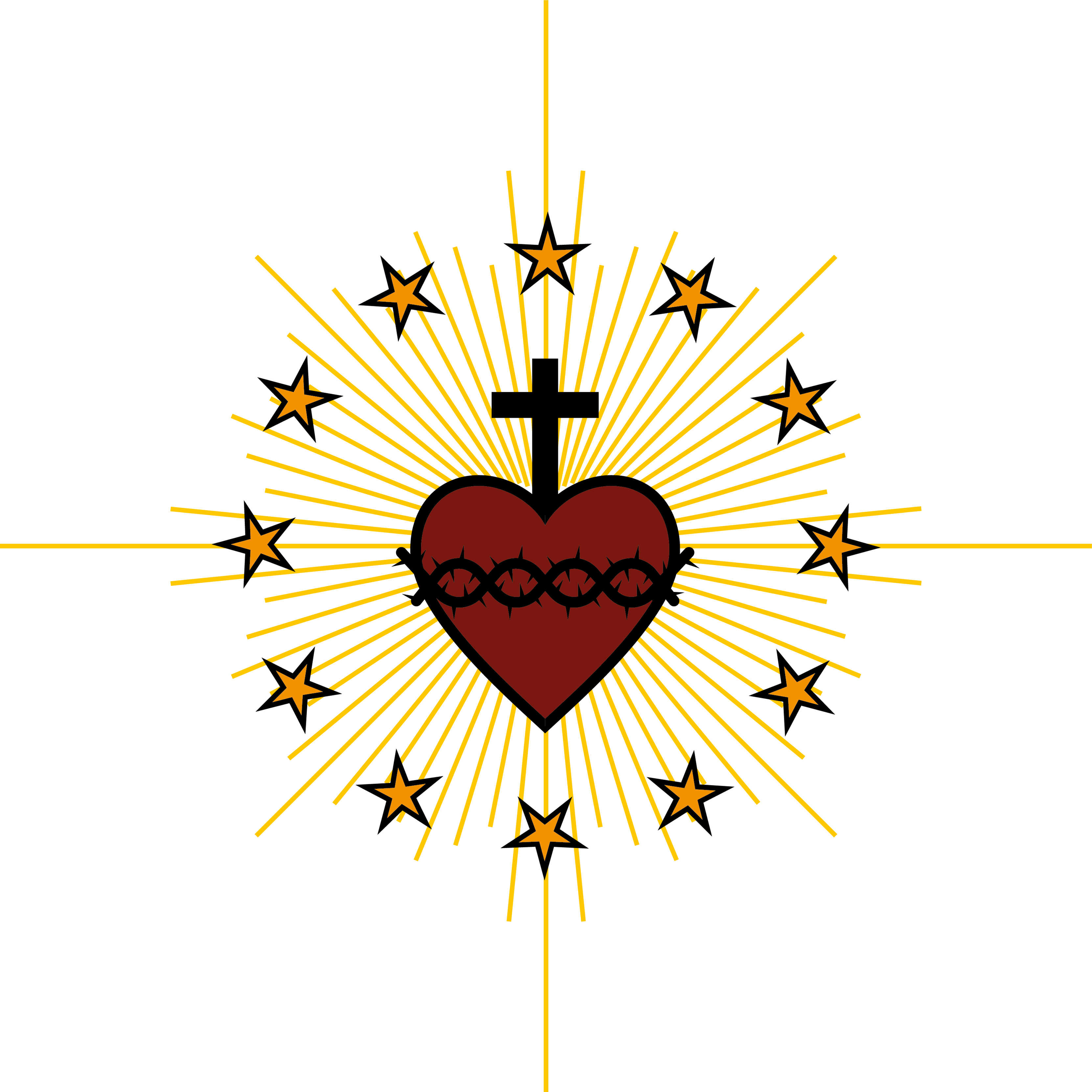Written by
Linus Ödell
Summary article: Genesis One – Summary
Ordering the cosmos
The ordering of creation. The individual days are individually interesting, but not nearly as much as when taken all together, which will be done in the following article on the Temple and Imago Dei. However there are some things noteworthy. Throughout everything a massive “demythologization” can be observed. Things that are gods in other religions are in the author of the Pentateuch’s eyes merely functions of the world built by the one God. This even extends to what we would consider mythological creatures, the “great sea monsters” (הַתַּנִּינִ֖ם/hattanninim). Overall it paints a picture of the cosmos as something good and subservient to God’s purposes.
Day 1
A rather straightforward day, only noteworthy thing for our purpose is that again we must move away from our scientific materialism that wants to read this as God creating photons. God names the light “day” and the darkness “night”, so we are not talking about scientific phenomena. We are talking about time. The intervals of light and darkness, the year moving forward.
Day 2
Here “waters below” and “waters above” are again not a scientific phenomena, but simply the view of the ancients that the sky far above was water.
Day 3
Further reinforcement of our suggested ontology: Nothing is “created” in a material sense in day 3, since the dry land is only separated from the water. But if we have an ontology of function or purpose, we can see that now the world is being given the ability to produce food.
Day 4
Here it is worth noting the first, likely, temple connection: The luminaries. In hebrew, the three-letter root of verbs determines much of the language. Many nouns have a verb root. ‘Light’ is אוֹר (‘or), and to make nouns of verbs the language often adds a prefix מ (m) to designate “this is the thing that does the verb”. So in this case, it becomes מָאוֹר (ma’or). This is, of course, the same word used for lamps, in this case the connection might be to the lamps in the temple,1 that shine upon the 12 loaves of bread.2 As has been noted by commentators3 these things are all things specifically necessary for human life, specifically the agricultural cycle; Seasons (here controlled by the functionary me’orot/luminaries), rain (the water above), and now land (for farming). The lamps (sun/moon) shining upon the land would therefore be analogous to the lamps in the tabernacle/temple shining upon the bread of life. Bread of course being the primary symbol and sustaining output of farming. This is further reinforced by the word for ‘seasons’ being the same word used for ‘festivals’, (מוֹעַד/mo’ad). Of course it literally just means ‘appointed times’, but it’s not a far stretch considering what is to come in the last two days (and two other articles) that this would have been on the author’s mind. If this is the case, we have a sort of “liturgical year” (to use an anachronism) built into the very telos of creation.
Day 5 and on
As the days increase in number, the interest goes up. Day five takes us back to the “great sea monsters”, “hattanninim hagedolim”. This is not whales or even some old record of dinosaurs, this is the mythological monsters of chaos. In the Bible they are of course Leviathan4 and Rahab.5 These are not real monsters, but echoes of old creation myths that likely lived alongside those we now have extant, and that these are traces of or direct references to.6 These myths show that creation was to an extent Yhwh setting up order, and limiting chaos. Genesis 1 goes a step further, however, and displays even these agents of disorder as mere creatures subservient to him. Of course what the mere existence of these old myths referenced as obvious truths might do to our theology is a discussion elsewhere.7
Days 6-7 are days characterized by the Imago Dei for the former, and the divine rest in the latter. Which will be covered in the articles that follow.
- Wenham, G. J. (1987). Genesis 1–15 (Vol. 1, p. 22). Word Books. ↩︎
- Leviticus 24:5-7. ↩︎
- Walton, J. H. (2011). Genesis 1 as ancient cosmology (pp. 163–165). Eisenbrauns. ↩︎
- Isaiah 27:1, also of course in Job 41:1. In Isaiah Leviathan is explicitly called a tannin. ↩︎
- Isaiah 51:9, also explicitly called a tannin. ↩︎
- Levenson, J. D. (1994). Creation and the persistence of evil: The Jewish drama of divine omnipotence (pp. 3-50). Princeton University Press. ↩︎
- This has little impact on the reality of God or his omnipotence over creation, but could possibly help us understand the importance of order and chaos, as opposed to a simplistically moralistic understanding of sin. ↩︎



